What Makes A Suit? A Guide To Every Key Piece

Key Takeaways:
- Suit-Defining Components: A well-fitted suit is built from key components like the jacket, trousers, shirt, waistcoat, and accessories—all working together to define style, structure, and personal expression.
- Details Elevate Fit and Style: Details matter—from lapels and cuffs to interlinings and stitching, each element enhances fit, comfort, and formality, transforming a suit into a signature piece.
- Modern Design Meets Functionality: Sartoro suits are designed with modern intention, offering custom fits, elevated craftsmanship, and functional features built for how you move through the world.
You just need one that fits—your frame, vibe, and lifestyle.
But what makes a suit? It’s not just a jacket and pants. It’s how the pieces come together—lapel to lining, shoulder to cuff—to say something without saying a word. Whether you’re suiting up for the first time or tightening up your rotation, understanding each element separates a suit you wear once from one that works every time.
At Sartoro, we design with intention—modern, clean, and built for real life. This guide breaks down every key piece that makes a suit a suit, so you know exactly what you’re wearing—and why it matters.
Understanding The Key Components Of A Suit
Understanding the key components of a suit involves recognizing the different parts and how they contribute to the overall look, fit, and formality. Here's a breakdown of the essential elements:
The Jacket
The jacket is the show's star, the piece that everyone notices first. It's what sets the tone for the rest of the suit. You've got your lapels, which come in different styles like notch, peak, or shawl. Then there's the fit—whether for a slim, modern cut or a more relaxed, classic silhouette. And don't forget about the buttons; a two-button jacket is standard, but three-button or even one-button jackets can make a statement.
The Trousers
The trousers are the unsung heroes of the suit. Of course, they need to match the jacket in fabric and color, but there's more to it than that. You've got your pleats or flat fronts, your belt loops or side adjusters, and your break—the way the pants hit your shoes. Getting the right length and fit is crucial for that seamless, put-together look.
The Waistcoat
Not every suit needs a waistcoat, but adding one elevates the whole ensemble—it's like the cherry on top of your sartorial sundae. Waistcoats come in single- or double-breasted styles, and they should fit snugly but comfortably, hitting just at the waistband of your trousers.
The Shirt
Your shirt is the foundation of your suit. It's what you build everything else on. You want a crisp, well-fitting shirt with the right collar style—spread, point, or button-down—and the right cuff style—barrel or French. And let's not forget about the fabric; cotton is classic, but blends can offer stretch and comfort.
The Tie
The tie is your chance to add a pop of color or pattern to your suit. It's the accessory that can make your outfit pop. You've got classic silk ties, knit ties for a more casual vibe, and bow ties for formal occasions. The key is to choose a tie that complements your suit without overwhelming it.
The Accessories
Last but not least, we've got the accessories. Your pocket square can add a dash of personality, your cufflinks can add a touch of class, and your belt or suspenders can tie the whole look together. And don't forget about your shoes—they must match your suit's formality and complete the ensemble.
Understanding these key components is essential for anyone looking to master suiting up. Each piece plays a crucial role in creating that perfect, tailored look.
Suit Jackets: Fit, Structure, And Design Details
The suit jacket is the cornerstone of any suit—it sets the tone, defines the silhouette, and brings structure to the entire look. Here’s how fit, structure, and design details work together to make the suit jacket a defining piece:
Fit: The Foundation Of Style
The fit of a suit jacket is paramount. It should hug your shoulders without pulling, drape smoothly over your torso, and allow comfortable movement. A well-fitted jacket will have sleeves that end just above the wrist bone, and the jacket's length should cover your seat but not extend past it. The key here is balance—too tight and you'll feel restricted; too loose and the suit loses its shape and elegance.
Structure: The Backbone Of The Jacket
The structure of a suit jacket refers to its internal construction, which can range from fully canvassed to unconstructed. A fully canvassed jacket, where a layer of canvas is hand-sewn between the fabric and the lining, offers a more structured, traditional look and feel. On the other hand, an unconstructed jacket, with no canvas, provides a more relaxed, modern fit. The choice between these options depends on your personal style and the occasion for which you're dressing.
Design Details: The Art Of Personalization
Design details are where you can truly make a suit your own. From the lapel style—whether it's a notch, peak, or shawl—to the number of buttons and the presence of a vent, each choice adds a layer of personalization. Pockets, too, offer a range of options, from the classic jetted to the more casual patch style. And don't forget about the lining; a bold color or pattern can add a touch of personality to an otherwise conservative suit.
Lapels, Trousers, And Vests: How They Define Your Suit
The core components of a suit—lapels, trousers, and vests—play crucial roles in defining its overall style and fit. Each element can be tailored to suit individual preferences, ensuring that your suit fits perfectly and reflects your style.
Lapels
Lapels are the folded flaps of cloth on the front of a jacket and serve as one of a suit's most visible and distinctive features. There are several styles to choose from, each conveying a different aesthetic:
- Notch Lapel: The most common and versatile, the notch lapel features a V-shaped indentation where the lapel meets the collar. It's suitable for both business and casual occasions.
- Peak Lapel: Characterized by its upward-pointing edges, the peak lapel adds a touch of formality and is often seen in evening wear or formal business suits.
- Shawl Lapel: Seamless and rounded, the shawl lapel is typically reserved for tuxedos and formal evening events. It offers a sleek and sophisticated look.
Trousers
Trousers are the foundation of a suit, providing both comfort and style. Key considerations include:
- Fit: Whether you prefer a slim, modern fit or a more relaxed, classic cut, the fit of your trousers should complement the jacket and enhance your overall silhouette.
- Pleats: Pleated trousers offer additional room and a more traditional look, while flat-front trousers provide a sleeker, more contemporary appearance.
- Cuffs: The decision to cuff or not to cuff can affect the formality of the trousers. Cuffed trousers are often seen as more formal and can add weight to the bottom of the leg, balancing out the suit.
Vests
Vests, or waistcoats, add more sophistication to a suit. They can be worn with or without a jacket, offering versatility and a refined look. Considerations for vests include:
- Single-Breasted vs. Double-Breasted: Single-breasted vests are more common and versatile, while double-breasted vests offer a more formal and structured appearance.
- Back Style: Vests can have a full back, a belt back, or an adjustable back, each affecting the overall comfort and style.
- Lapels: Like jackets, vests can have lapels, which can be matched to the jacket for a cohesive look or varied for a more eclectic style.
These elements—lapels, trousers, and vests—work together to create a suit that is not only functional but also reflects your personal style and the occasion at hand.
Linings, Interlinings, And Functional Suit Features Explained
When it comes to the inner workings of a suit, there's more than meets the eye. Let's break down the unsung heroes of your wardrobe: linings, interlinings, and functional features that elevate your suit from mere clothing to a refined garment.
Linings
Linings are the fabric sewn inside the jacket, providing a smooth and comfortable feel against your skin. They can be made from various materials, including silk, Bemberg, or acetate, each offering different levels of comfort and durability. A good lining not only feels great but also helps the jacket maintain its shape and aids in putting on and taking off the garment.
Interlinings
Interlinings are the structural components of a suit, often hidden from view. They are typically made from materials like haircloth or fusible interfacing and are crucial for the suit's drape and overall structure. A well-constructed interlining can distinguish between a suit that hangs limply and one that commands attention with its sharp lines and impeccable silhouette.
Functional Suit Features
Beyond the aesthetics, suits come equipped with functional features designed to enhance your wearing experience. These include:
- Pockets: From the classic flap pockets to more discreet jetted pockets, each style serves a purpose, whether it's to hold your essentials or to streamline the jacket's appearance.
- Buttonholes: While many suits have non-functional buttonholes for aesthetic purposes, working buttonholes on the sleeves add a touch of sophistication and allow for cuff adjustments.
- Vents: Single, double, or none at all, vents affect the jacket's movement and comfort. A vented jacket offers more freedom of movement, ideal for those who need to stay agile.
Understanding these elements can help you appreciate the craftsmanship that goes into creating a suit that looks good, feels great, and functions seamlessly in your daily life.
Sleeve Construction And Cuffs: Tailoring Details For The Perfect Fit
The sleeves of your suit jacket might seem like a small detail, but they play a big role in your look's overall fit and feel. Precision here separates a standard suit from one that feels built for you. When working with a custom brand like Sartoro, the sleeve construction and cuffs are fine-tuned to deliver comfort, style, and movement while keeping your silhouette sharp.
Sleeve Construction: Function Meets Form
The construction of a suit's sleeves is a delicate balance between function and form. A well-constructed sleeve should allow for a full range of motion without compromising the suit's silhouette. There are two primary methods of sleeve construction: the set-in sleeve and the raglan sleeve.
The set-in sleeve, the more traditional of the two, is sewn into the jacket's armhole. This method provides a structured look and is ideal for those who prefer a more formal appearance. On the other hand, the raglan sleeve, which extends in one piece from the collar to the underarm, offers greater flexibility and a more relaxed fit, making it a popular choice for casual suits.
Cuff Styles: A Personal Touch
The cuffs of a suit's sleeves are another area where you can express your personal style. The most common cuff styles are the button cuff, the surgeon's cuff, and the kissing cuff.
The button cuff, featuring a single button, is the most straightforward and widely used. It's a classic choice that works well for both business and casual occasions. The surgeon's cuff, also known as the working cuff, features functional buttons that allow the cuff to be opened and closed.
This style adds a touch of sophistication and is often seen on high-end suits. Lastly, the kissing cuff, where the edges of the cuff meet without overlapping, offers a sleek and modern look that's perfect for those who want to stand out from the crowd.
Suit Stitching: Quality, Durability, And Fine Craftsmanship
When it comes to suits, stitching is not just a functional necessity—it's an art form that speaks volumes about the garment's quality, durability, and craftsmanship. Let's break down the key aspects of suit stitching that every discerning gentleman should know.
Types Of Stitches
Suits can be stitched in various ways, each with its own impact on the garment's longevity and appearance. The most common types include:
- Single Stitch: Often used for less expensive suits, this method involves a single thread sewn through the fabric. It's quicker to produce but less durable.
- Double Stitch: This technique uses two threads, making the seam stronger and more resistant to wear and tear. It's a hallmark of higher-quality suits.
- Hand Stitching: The gold standard of suit craftsmanship, hand stitching allows for meticulous attention to detail and a level of personalization that machines can't replicate.
Stitching Techniques
The way a suit is stitched can significantly affect its fit and comfort. Key techniques include:
- Full Canvas Construction: This method involves sewing a layer of canvas between the suit's fabric and lining. It helps the suit maintain its shape and drape naturally over the body.
- Half Canvas Construction: A more affordable option, this technique uses canvas only in the upper part of the suit, with the rest relying on fusing. It's a compromise between cost and quality.
- Fused Construction: The least expensive method, where the suit's fabric is glued to the lining. While it's less durable and can't match the drape of canvas construction, it's widely used in off-the-rack suits.
The Importance Of Stitching In Longevity
The quality of stitching directly correlates with a suit's lifespan. A well-stitched suit can last for decades, becoming a timeless piece in your wardrobe. Here's why stitching matters:
- Durability: High-quality stitching ensures that seams won't unravel easily, keeping your suit intact through years of wear.
- Comfort: Proper stitching techniques allow the suit to move with your body, enhancing comfort without sacrificing style.
- Appearance: The finesse of hand stitching or the robustness of double stitching can elevate the aesthetic appeal of a suit, making it stand out in any setting.
Final Thoughts
A suit is more than a uniform—it’s a statement. Every stitch, lining, lapel, and cuff works together to create a look that fits not just your body, but your life. Whether you're new to suiting up or building out a refined rotation, understanding the anatomy of a suit helps you wear yours with confidence and purpose. At Sartoro, we believe in modern tailoring made for real life—so you always feel sharp, comfortable, and entirely yourself.
Read also:
- How Should A Suit Fit? Key Points To Achieve A Tailored Look
- Types Of Suits: A Guide To Styles, Cuts, And Occasions
- How To Measure For A Suit: Step-By-Step Guide For The Perfect Fit
Frequently Asked Questions About What Makes A Suit? A Guide To Every Key Piece
What is the difference between a blazer and a suit jacket?
A blazer is a standalone jacket, often made from heavier fabrics like wool or tweed, and can be worn with various pants, from jeans to chinos. On the other hand, a suit jacket is designed to be part of a matching set, paired with suit trousers.
What are suit trousers and what makes them different from regular pants?
Suit trousers are specifically designed to match the jacket of a suit, featuring a higher waist and a more tailored fit than regular pants. They often include a waistband, belt loops, and pleats or flat fronts.
What is a bespoke suit and how does it differ from off-the-rack?
A bespoke suit is custom-made to your exact measurements and preferences, offering a perfect fit and unique style. Unlike off-the-rack suits, which are mass-produced in standard sizes, bespoke suits are crafted individually.
How do I care for and maintain my suit?
To care for your suit, always hang it on a sturdy, padded hanger to maintain its shape. Brush off any dust or lint regularly, and consider using a garment bag for storage. Dry cleaning should be done sparingly, as it can wear down the fabric over time.
What are the rules for coordinating suit colors and patterns?
When coordinating suit colors and patterns, start with a neutral base like navy, gray, or black. Add a patterned shirt or tie to introduce interest, but keep the overall look balanced.
How do I choose the right suit for my body type?
Choosing the right suit depends on your body type. A two-button jacket with a longer cut can be flattering for taller men. Shorter men might prefer a shorter jacket length and a higher button stance.
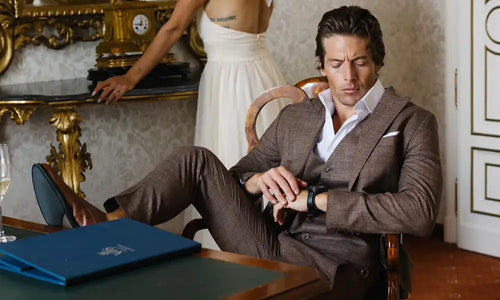



















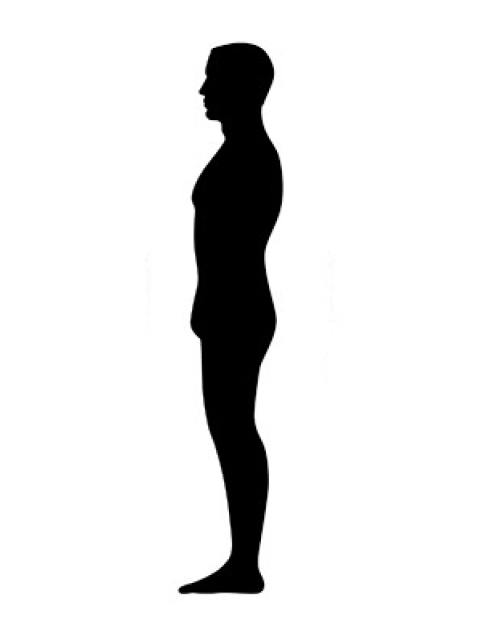
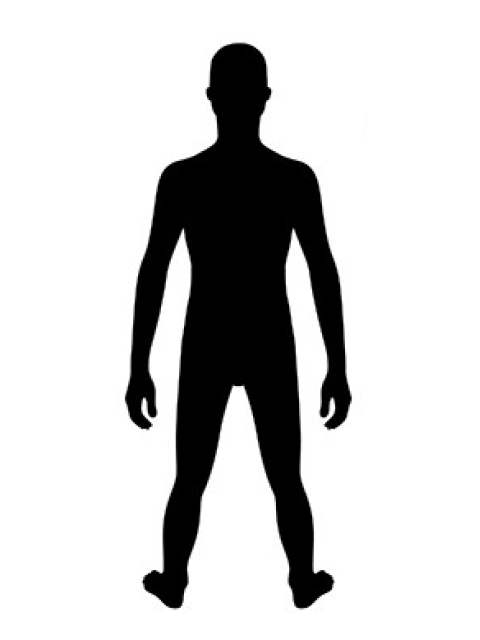


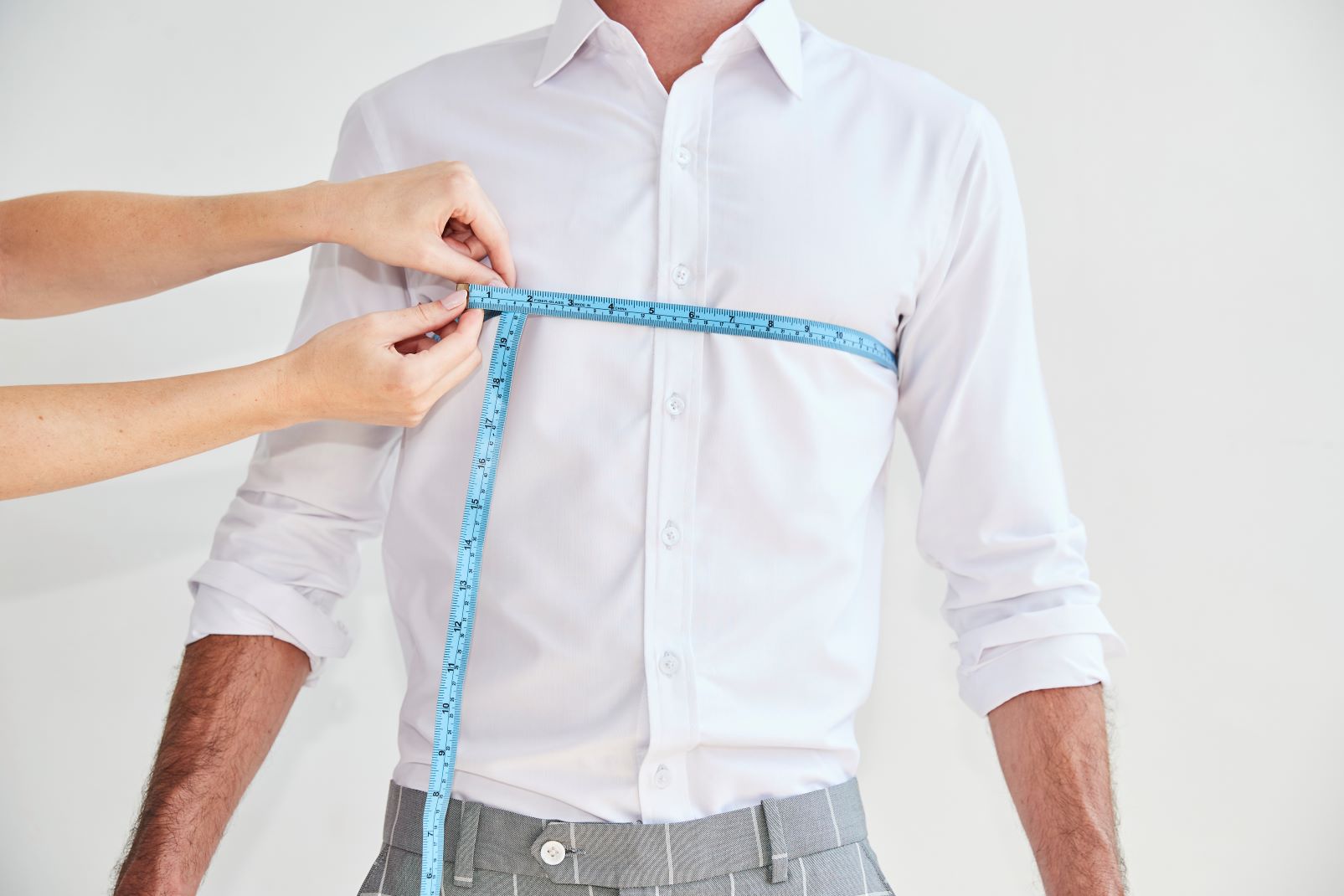



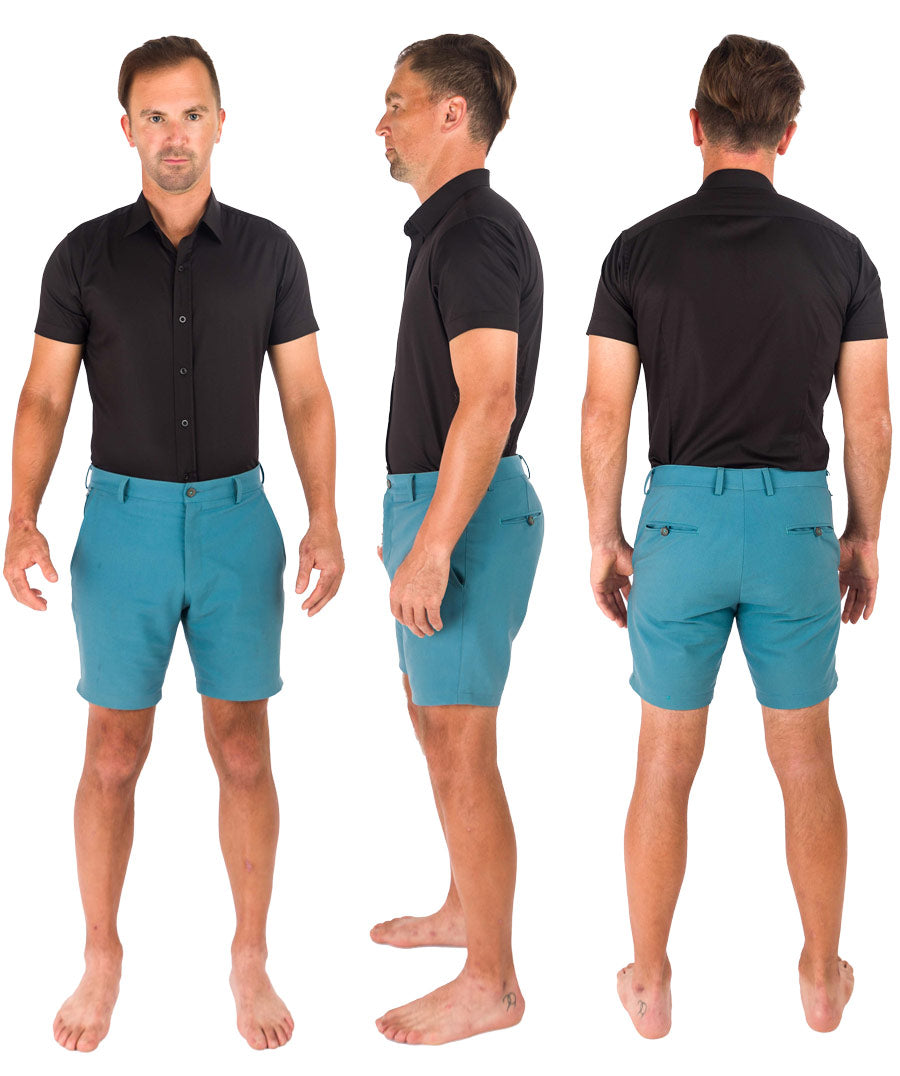
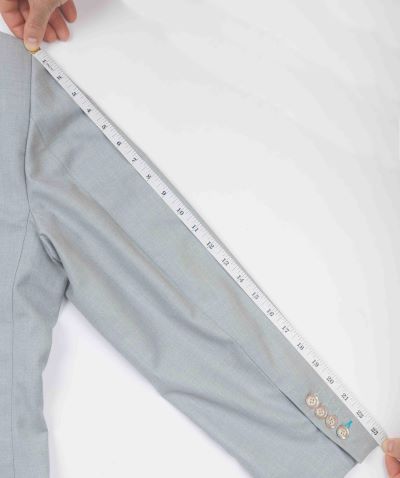
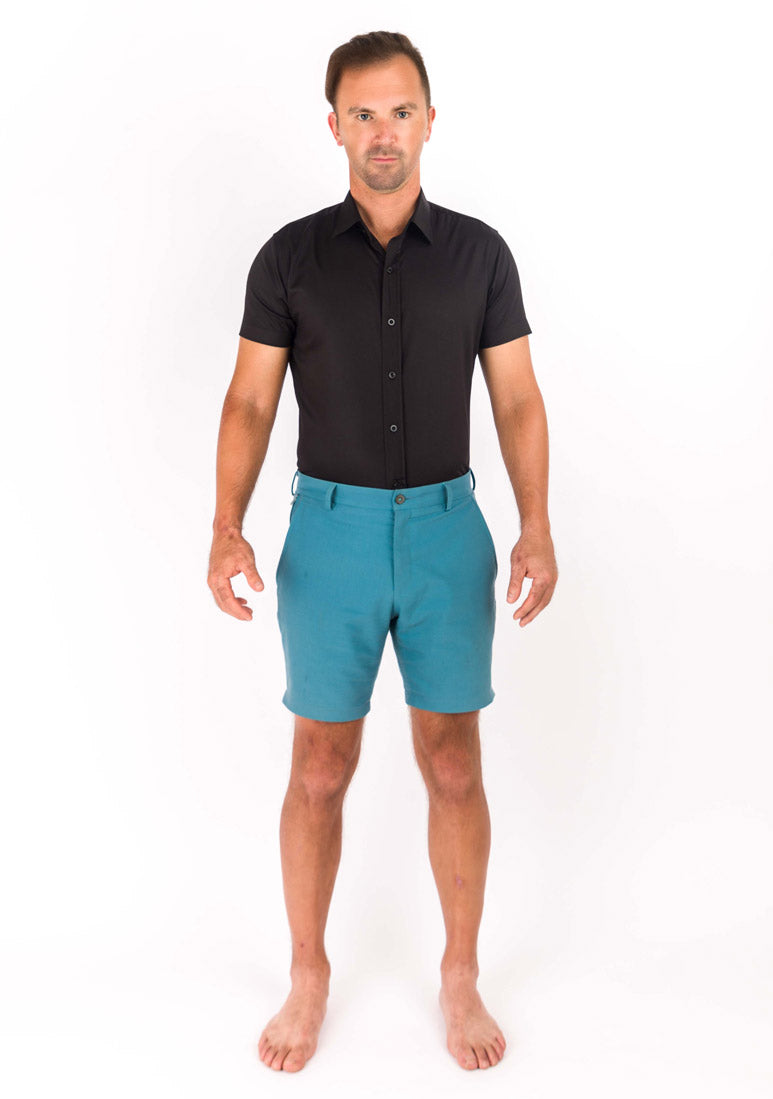
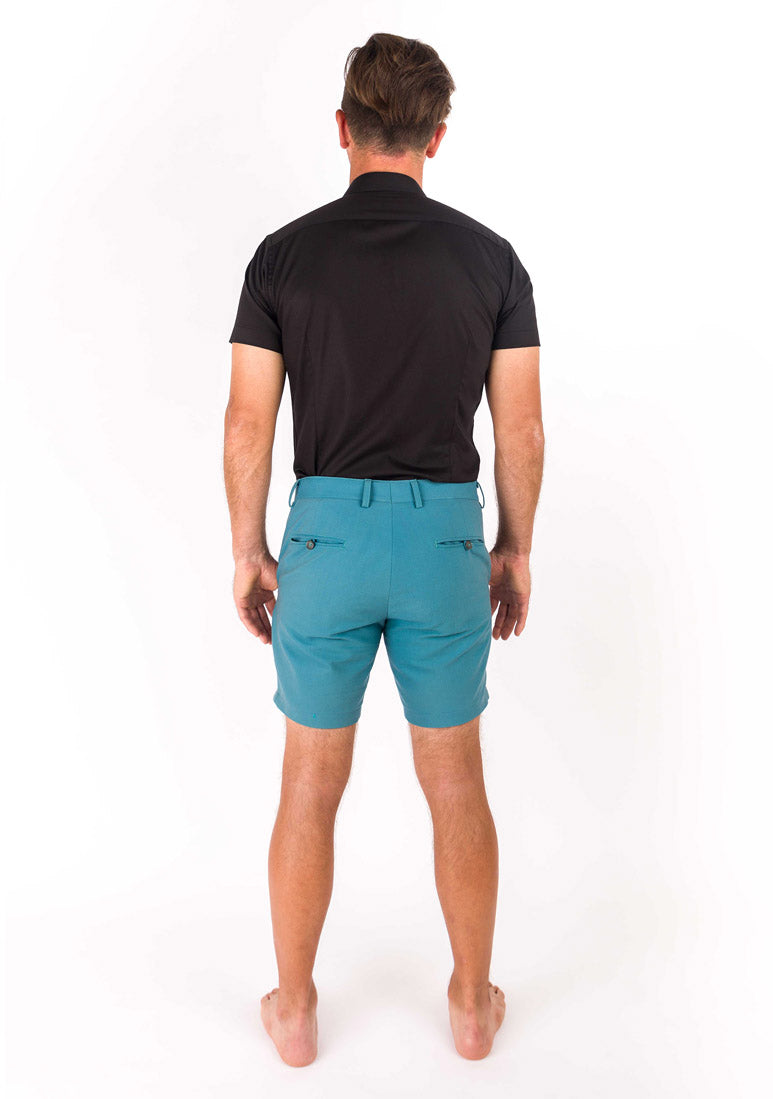
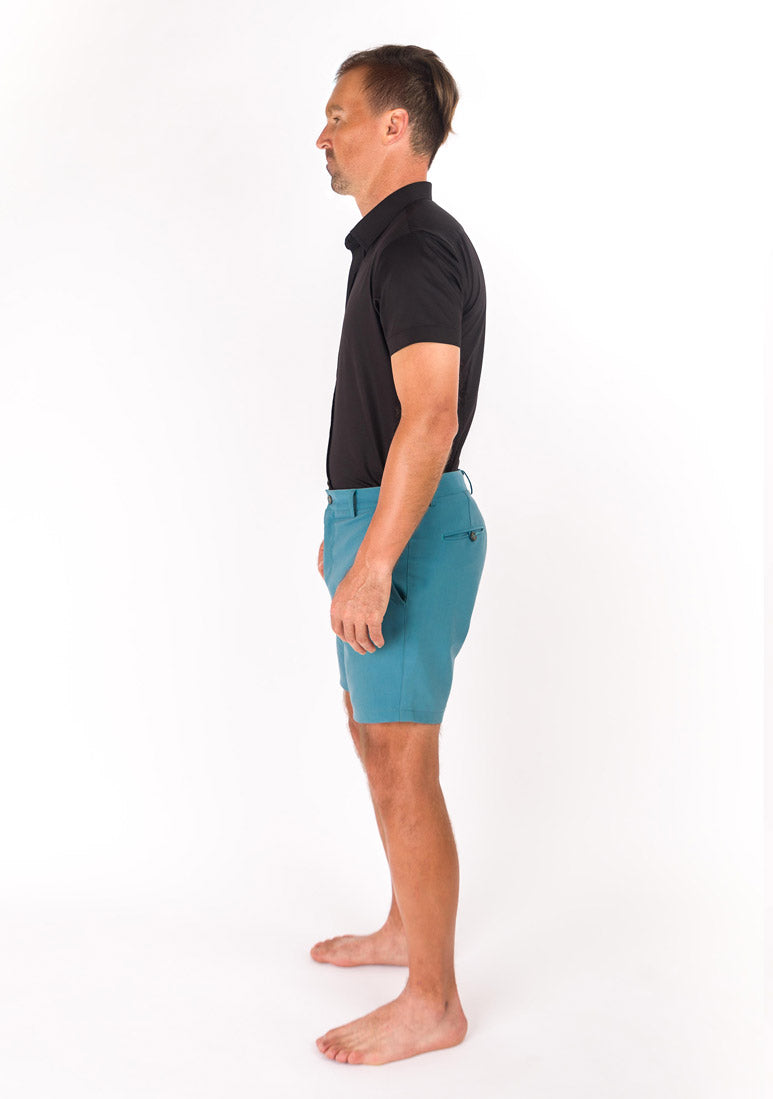

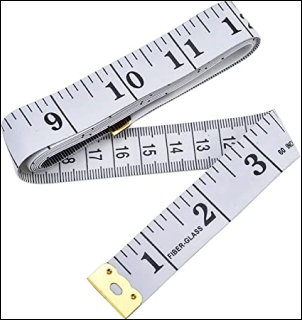
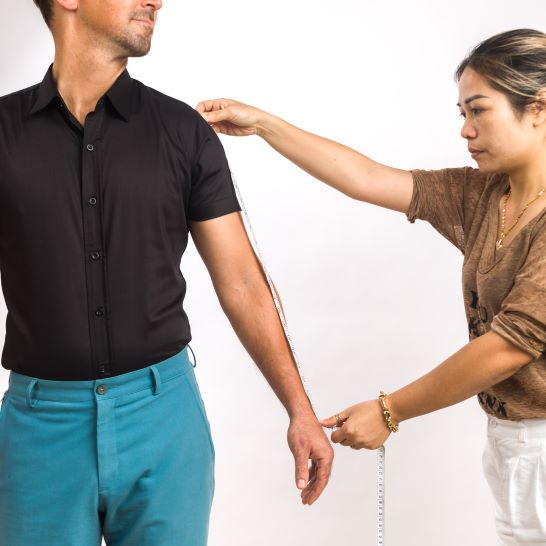
Leave a comment